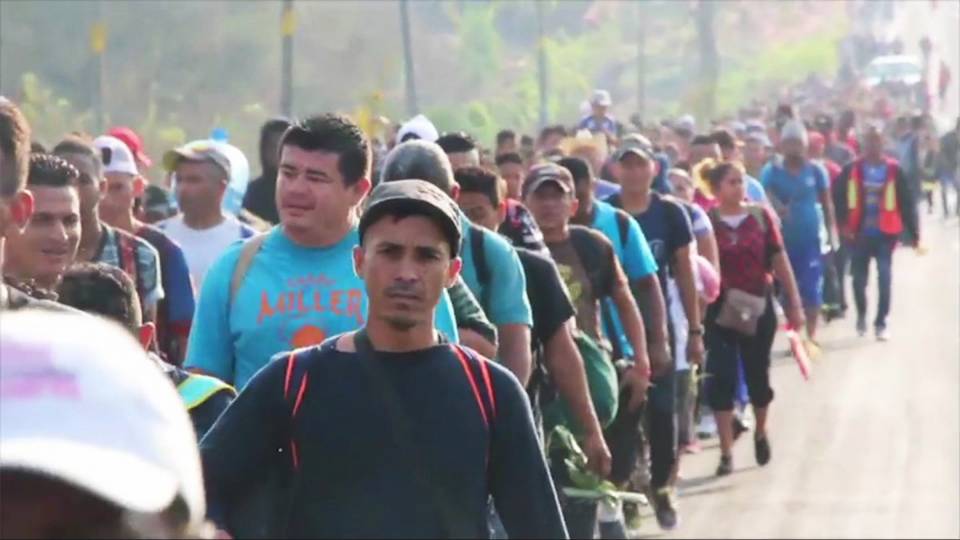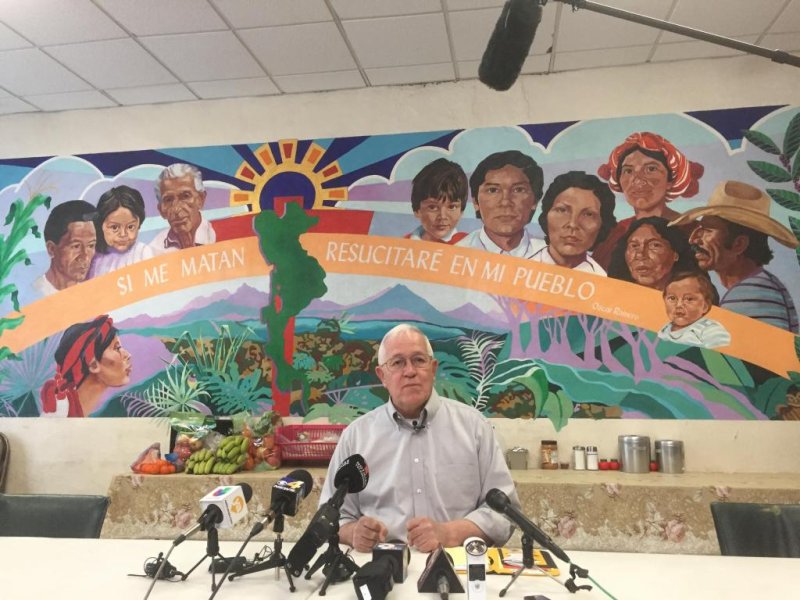Hello Everyone:
It is a lovely, not too cold, Wednesday afternoon and time for the weekly edition of Blogger Candidate Forum. First up, some news from Capitol Hill. Attorney General William Barr testified before Congress today on his assessment of the Special Counsel's final report on Russian interference in the 2016 election. It was more like what he did not say, as in, not give any specifics about how he arrived at his conclusions about conspiracy to undermine an election and obstruction of justice. AG Barr's four page summary (npr.org; Mar. 24, 2019; date accessed May 1, 2019) lacked context, something Robert Mueller pointed out in his response to the summary (int.nyt.com; Mar. 27, 2019; date accessed May 1, 2019). Mr. Mueller also wrote that AG Barr mischaracterized the findings of the investigation and failed to incorporate the summaries written by his team. The Democratic senators questioning the attorney seriously rebuked him, a one point accusing him of acting more like the president's personal attorney rather than the United States' top law enforcement officer. As of close of business, Mr. Barr refused to return tomorrow for a second round. In the meantime, the social media is a blaze with calls for Mr. Barr's resignation or impeachment. Things are about to get even more interesting because Mr. Mueller is scheduled to testify before Congress. Fasten your seat belts and hold on tight, this ride is extremely wild. Shall we move.
 |
| Migrants arriving at the southern U.S. border redice.tv |
Central Americans are arriving at the southern United States border in record numbers, pushing unauthorized entries to a 12-year high (washingtonpost.com; Apr. 13, 2019; date accessed May. 2019). What differentiates this wave of migrants from previous ones is, unlike the majority of migrants from Mexico who settle in Texas or California, the newest group are families and individuals who spread out across the country to reunite with family members. This left the Trump administration scrambling for some sort of way to discourage the men, women, and children from trying to cross the border.
| A child facing Customs and Border Patrol agents theguardian.com |
One proposal was the zero tolerance policy. The president's "Zero Tolerance" Immigration Policy was implemented on May 7, 2018 by the Department of Justice as a way to discourage illegal migration into the United States. Under this policy, anyone illegally entering the United States, asylum seekers or those with children, would be criminally prosecuted, no exception. One of the consequences of this policy was the separation of children from their parents or guardians (fas.org; Feb. 26, 2019; date accessed May 1, 2019). To date, many of the children remain in federal custody or have been released into sponsor homes while the Department of Homeland Security scrambles to reunite them with their parents. Meanwhile, no one knows where the migrants have gone once they have been released from federal detention.
 |
| The Annunciation House El Paso, Texas upi.com |
The federal government has not released information regarding where the migrants have settled. However, The Washington Post has obtained data on the nationality and destination of a small sample of migrants: "1,545 migrants who passed through a shelter run by El Paso nonprofit Annunciation House in February, about 2 percent of the total number migrants who crossed into the country that month" (washingtonpost.com; Apr. 13, 2019).
The Annunciation House (Ibid: Apr. 1, 2019) has arranged with federal authorities to take those released from immigration custody into local shelters and assist them in making travel arrangements to their destination within the United States.
Recently, the Trump administration announced a plan to transfer migrants to "sanctuary cities" (Ibid; Apr. 11, 2019)--municipalities with limited cooperation with Immigration Customs Enforcement--then release them in retaliation against Democratic lawmakers who blocked federal funding from more detention beds. Although lawmakers say there is no concrete plan in place to make it happen, Mr. President naturally tweeted that he was seriously considering putting this idea in motion.
 |
| A map of where migrants settle in the United States annunciationhouse.org washingtonpost.com |
The Post reviewed the data provided by the Annunciation House--migrants' country of origin and their final destination after release from detention--show that the migrants typically settle in cities and towns in 42 states, including places not thought of as sanctuary cities (Ibid). The majority of the migrants went to states in the Southeast and Midwest, states that were not migrant destinations in previous generations (Ibid). In all the heated discussion over immigration, we tend to forget that we are talking about individual human beings, not some monolithic entity. Men, women, and children who had a life in their country of origin. We can guess as to the reasons his brings to mind but do we know where do the migrants came from?
The migrants who arrive at the Annunciation House represent a dozen countries, including four that make up 95 percent of the monthly total: Guatemala, Honduras, Cuba, and El Salvador. Others arrive from Mexico, Nicaragua, Brazil, and Ecuador. A small number come from Russia, Iraq, and Venezuela (Ibid). Let us focus on the number of migrants from the Northern Triangle countries.
| Map of Northern Triangle Countries fas.org |
In recent month, Guatemala has overtaken Mexico as the primary source of unauthorized migrant entries at the border. "Emigration levels are highest from the country's impoverished highlands, where years of droughts and meager harvests have pushed the region's highest malnutrition rates even higher" (Ibid). The Guatemalan migrant networks are the most developed in Central America, creating phony documents and a lending system to pay "coyotes" who know how to negotiate the route, using express buses to deliver the migrants to the U.S. border. (Ibid)
Honduras (104)
Honduras is the second-largest source, behind Guatemala, of migrants to the United States. The caravan groups that have been the source of the president's ire are overwhelmingly made up of Honduran migrants escaping political violence, gangs, and persistent rural poverty (Ibid).
Salvadorans (104)
The number of migrants from El Salvador used to be comparable to the number of migrants from Honduras and Guatemala but have dropped in recent years. The reason for fewer migrants is improving American humanitarian aid support programs in El Salvador have contributed to improvements in public safety and employment opportunities, reducing the flow migrants. "U.S. officials have praised the efforts of USAID as a model that should be extended to the rest of the region, which is known as the Northern Triangle." (Ibid)
No comments:
Post a Comment